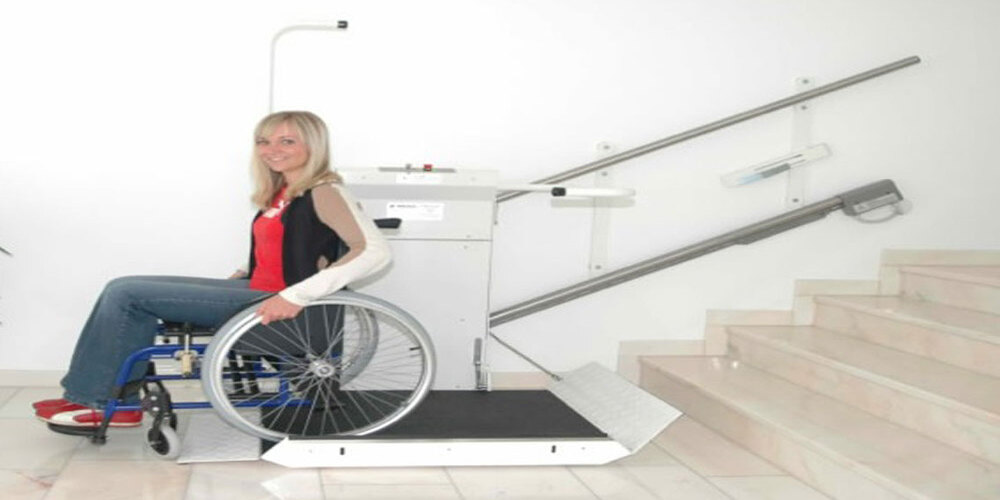Wheelchair lifts are a great way to provide easy, accessible transportation for those with physical disabilities. Installing and maintaining a wheelchair lift can seem intimidating, but it doesn’t have to be. This beginner’s guide will provide you with all the information you need to make sure your vertical wheelchair lift is installed correctly and maintained properly.
Here are four helpful tips to know about Wheelchair Lift Installation & Maintenance:
Choosing the Right Wheelchair Lift
The first step in installing and maintaining your wheelchair lift is choosing the right model for your needs. There are various types of wheelchair lifts available, so it’s important to do your research and find one as per your needs. Consider factors such as cost, size, weight capacity, and installation requirements before deciding.
Preparing for Installation
Once you have chosen the right wheelchair lift for your needs, it’s time to prepare for installation. Make sure you have all of the necessary tools and materials on hand before beginning the installation process. This includes power tools like drills and saws as well as safety equipment such as gloves and goggles. You should also check local regulations to ensure that your installation meets all safety requirements.
Install Your Wheelchair Lift
Now that you have prepared for installation, it’s time to begin! Depending on the type of lift you have chosen, there may be some minor modifications required during installation (for example, cutting a hole in a wall or floor). Follow the manufacturer’s instructions carefully when completing this step; if any issues arise during installation, consult an experienced technician for assistance.
Perform Regular Maintenance
After installing your wheelchair lift, it is important to perform regular maintenance checks in order to keep it in good working order. Check all electrical connections regularly (at least once per month) and make sure they are tight and secure so that no sparks occur during the use of the lift. Additionally, lubricate any moving parts at least once every six months – this will help reduce friction between parts and extend their life span significantly! Finally, inspect all structural elements (such as supports or braces) every year; if any repairs are necessary due to wear-and-tear or damage caused by weathering or other environmental factors, make sure these repairs are completed promptly by an experienced technician in order to avoid further damage or injury from occurring due to improper maintenance or operation of the lift. Furthermore, it is wise to obtain extended warranties through company-certified associates so that you acquire genuine parts. Additionally, this technique saves you from facing troubles when dealing with third-party contractors.
Conclusion
Being able to access multiple levels of a building can be difficult without proper mobility aids such as wheelchairs or electric scooters–but thankfully, there are solutions like wheelchair lifts that can enable people with physical disabilities more freedom than ever before! With this beginner’s guide on how to install and maintain a wheelchair lift successfully in place–you now know exactly what steps need to be taken in order to get up and running quickly so you can enjoy greater mobility today! Good luck!
